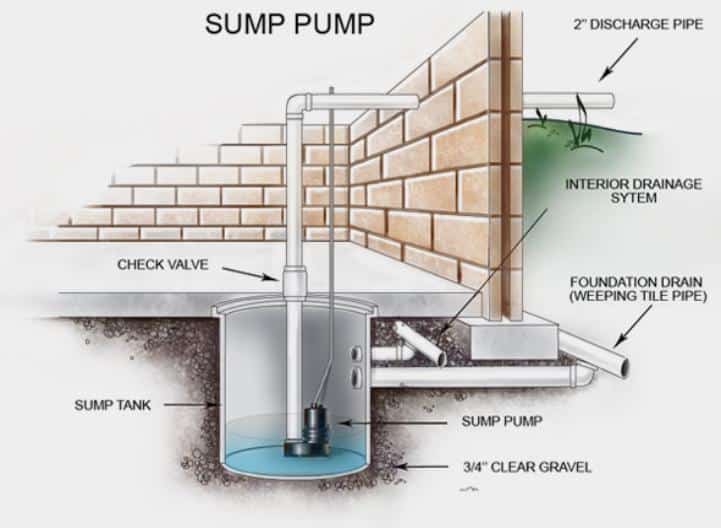Table of Contents
If you live in an area that is prone to flooding, or simply have concerns about leaking pipes in your basement, a sump pump is a necessary investment. Simply put, these plumbing appliances can help prevent costly water damage on your basement floor, and ideally keep you from more complicated plumbing concerns.
As with any appliance, there are some steps required for maintenance and for optimal use, ensuring your sump pump functions at its peak. The question is, what are these steps, particularly for homeowners in the Indianapolis area?
At Carter’s My Plumber, we are a trusted provider of sump pump repair in Indianapolis, and we are happy to provide a few tips for general sump pump use.

How to Get the Most Out of Your Sump Pump
Get to Know Your Sump Pump
The best way to use your sump pump effectively is to get to know it inside and out. Start by checking its age; the installation date is likely displayed somewhere on the unit. If your sump pump is five years or older, it may be near the point where it needs replacement. Also check to see if you have a manual for your sump pump, either on paper or digitally. The manual may provide some model-specific maintenance tips. Finally, make sure you know which types of sump pumps you’re working with, whether that’s submersible sump pumps or pedestal sump pumps. It’s good to know what you’re working with should you ever need to call a plumber.
Test Your Sump Pump
It’s also smart to test your sump pump, particularly as winter ends and the rainy weather sets in. The last thing you want to do is for a torrential rain to start, only for you to discover that your unit is defective. To test your sump pump, you can usually just connect it to a power source, pour some water into the sump pump, and ensure it’s working as it’s supposed to. If it doesn’t work, or if you notice any unusual noises, you may wish to call a professional plumber. Early inspection can help you prevent excess water damaging your foundation or crawlspaces.
Know the Signs of a Failing Sump Pump
As the rainy season continues, keep your eyes and ears open to signs of failure. Some common warning signs include:
- Strange noises, which could indicate mechanical failure or worn-out parts.
- Rattling or grinding sounds, which indicate a jammed impeller.
- A motor that vibrates excessively, which likely means it’s become warped.
- Your sump pump systems turning off and on at random, a sign of electrical failure.
- An oil leak, which probably means your sump pump is on the cusp of total failure.
If you observe any of these warning signs, it may be time to call about sump pump installations.
Perform Regular Maintenance
There’s really not much you can do in terms of preventative maintenance for a sump pump. With that said, you can keep your unit clean. Rinse it down with a hose, use a plastic knife to scrape off any debris, and use a wet/dry shop vac on the sump pump pit. Do this every month or two, and it may help you keep your basement dry for a longer period of time.
Ensure Adequate Pump Housing
Covering your sump pump can keep sediment and debris from clogging the drain and discharge pipes. Your pump housing should fit pretty snugly, though you’ll need to allow space for the pump cord and wiring.
Install Battery Backup
During colder months, or periods of intense rain, you might experience not just sump pump failures but power outages, too. One way to keep your basement dry is to install a backup pump that can be battery-operated. Indeed, one of the most important proactive measures you can take is to fortify your regular equipment with a backup sump pump.
Know Who to Call for Sump Pump Maintenance
The bottom line: Sump pumps can help you preserve your property, protecting it against flooding as well as ruptured pipes. There are a few steps you can take to extend the life of your unit, but eventually you’ll need to call someone who can offer you sump pump replacement. If you’re in Indianapolis, reach out to Carter’s My Plumber for any of your sump pump needs.



